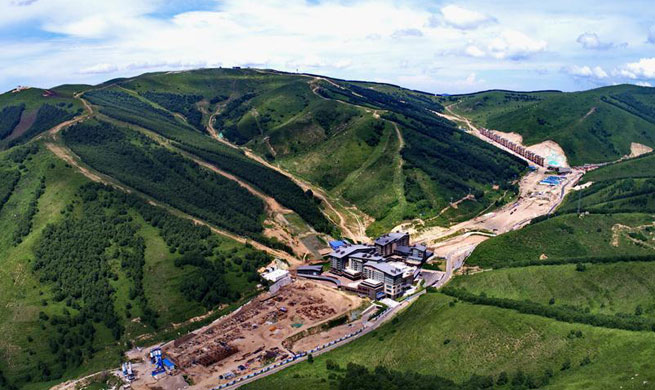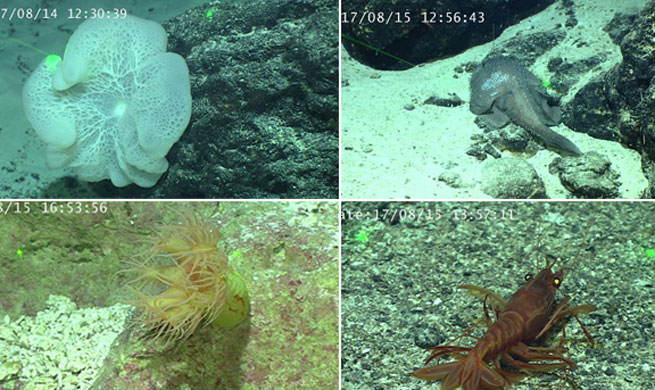HOUSTON, Aug. 16 (Xinhua) -- Materials researchers from Rice University of Texas State have created a light foam from two-dimensional sheets of hexagonal-boron nitride (h-BN) that absorbs carbon dioxide.
According to a news release on Wednesday by the Rice University, the foam is highly porous and its properties can be tuned for use in air filters and as gas absorption materials.
Materials scientist Pulickel Ajayan and his team discovered freeze-drying h-BN turned it into a macro-scale foam that disintegrates in liquids. But adding a bit of polyvinyl alcohol (PVA) into the mix transformed it into a far more robust and useful material.
The polyvinyl alcohol serves as a glue. Mixed into a solution with flakes of h-BN, it binds the junctions as the microscopic sheets arrange themselves into a lattice when freeze-dried. The one-step process is scalable, the researchers said.
In molecular dynamics simulations, the foam adsorbed 340 percent of its own weight in carbon dioxide. The greenhouse gas can be evaporated out of the material, which can be reused repeatedly. Compression tests showed the foam got stiffer through 2,000 cycles as well.
And when coated with PDMS, another polymer, the foam becomes an effective shield from lasers that could be used in biomedical, electronics and other applications.
Ultimately, the researchers want to gain control over the size of the material's pores for specific applications, like separating oil from water.
Their work appears in the American Chemical Society journal ACS Nano. Rice graduate student Peter Owuor is lead author of the paper.
















